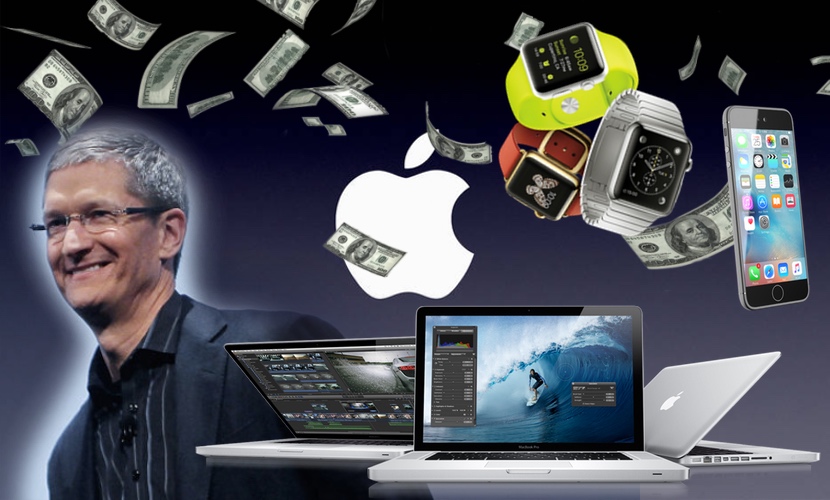
We have already talked about this strategy in other cases, especially with the arrival of the iPhone 6 and 6 plus. It is the cause that the brand achieves so much income and benefits at the end of each fiscal quarter, and it is no wonder. With these marketing tricks they manage to motivate users and customers to make the purchase with more security or opt for more expensive models with higher specifications. I have it very much in mind for the arrival of the Apple Watch Series 1 and 2.
Here is my experience over the years with Apple's products and strategy. Bitten Manzanita has managed to come up with an incredible catalog to achieve its desired numbers and ever-better results. Customers are entered through the eyes with the design and drawn to the more expensive model with a progressive price pyramid.
Apple and the "for € 100 more"
This is what I like to call this strategy, and it is practically that. Take for example the prices of the iPhone in 2014, which was when I bought the iPhone 6. We already had today we also have a whole series of models to compare and choose from. The cheapest, or rather less expensive, is currently the iPhone SE. With prices that vary between € 479 and € 579. Depending on the storage model you choose. For € 100 more you quadruple the space of the device, since you spend the money you do it well
Then you realize that you're going to spend almost € 600 on a 4-inch iPhone with an old design. For a little more you can access the iPhone 6s, which in some ways is better, and with 3D Touch. At the end you are going for a model of almost € 700 when initially you were going for "the one with just over 400". And there are still more. If you are going to spend so much, buy the iPhone 7, which has more power and a better camera, battery etc. And again, for one more good pinch you go for the plus, which on top of it presents a spectacular screen and double camera with a much better zoom.
How to decide which Apple product to buy?
No idea, it's a mess. I am one of those who recommends go for the entry-level model of the latest generation, according to the tastes and interests of the user. If the basic one has little storage or you miss some function of a superior model, well there, € 100 more and they quadruple storage, or they put a different processor in the case of laptops. With Macbooks the jumps are more expensive, instead of € 100 we would talk about 200 or 300 easily.
I am debating at the moment between the different models of Apple Watch. We have those of the first generation in second hand or in some very cheap stores, then series 1 and series 2. For € 100 more, almost I opt for Series 2, and for € 30 or € 40 you go up for the 42mm, which looks much better and is not so tiny. Do I really need the ability to submerge it up to 50 meters in water and the GPS already brighter screen? Maybe not, I might not care about one model or another, but since I bought the Apple Watch, I do it well.
The value of money is forgotten
You get carried away by the warmth and comfort of the Apple Store, by the design of the web and by the appearance of its products. When you pay so much money in one hit, you lose track of time and the amounts you pay. You do not know how much you are spending nor do you really care. It's like a high. For example, take a look at the iPad Pro. € 679 for the 9,7-inch model. You pay that and then you need a cover, of course. If you buy it from Apple you can expect the price of it to rise to € 60 easily. Do you want accessories? € 110 for Apple Pencil and more than 160 for the keyboard.
Have I heard more than € 1000? This is Apple and its strategy. You get lost and end up spending a pasture that you would not have imagined when entering. Despite everything, users do not regret the purchase and we are usually satisfied.